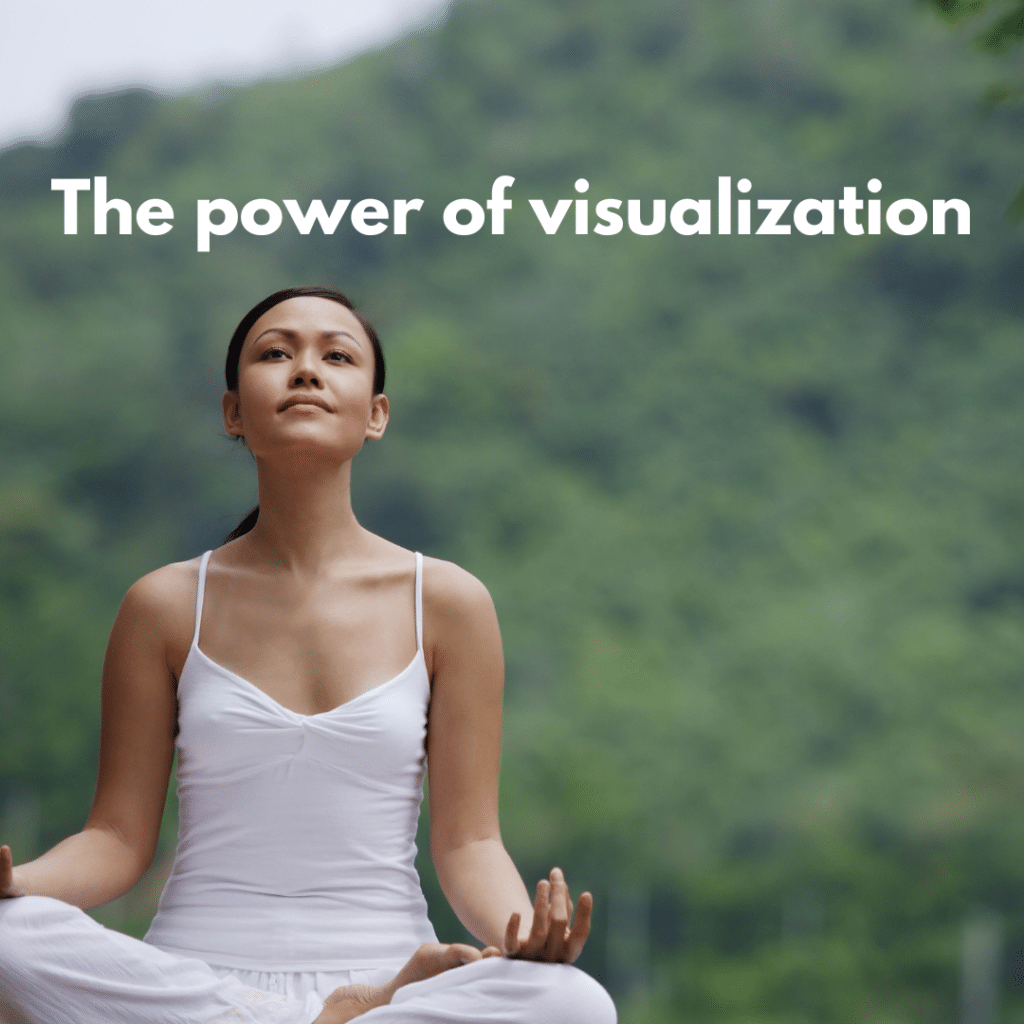2.1 Enhancing Focus and Concentration:
Visualization serves as a powerful tool to improve concentration and focus during sports. By mentally rehearsing specific actions, scenarios, or game situations, athletes train their minds to stay fully engaged in the present moment. This mental practice helps reduce distractions and enhances the ability to perform with heightened awareness and precision.
2.2 Building Confidence and Mental Resilience:
Visualization plays a crucial role in building confidence and developing mental resilience. When athletes vividly imagine themselves successfully executing their skills, achieving their goals, or overcoming obstacles, they reinforce a positive self-image and boost their self-belief. This positive mindset contributes to greater mental toughness and the ability to bounce back from setbacks.
Subheading 3: Getting Started with Visualization
3.1 Setting Clear Goals:
Before incorporating visualization into your sports routine, it is important to establish clear goals. Define what you want to achieve and be specific about the outcomes you desire. This clarity provides a framework for visualization exercises and helps direct your focus and intention.
3.2 Creating Vivid Mental Images:
When engaging in visualization, immerse yourself in the experience by creating vivid mental images. Imagine the sights, sounds, and sensations associated with successful performance. The more detailed and realistic you make your mental pictures, the more effective the visualization will be in training your mind and body.
3.3 Incorporating All Senses:
Visualization becomes more potent when you engage all your senses. Beyond visualizing the actions, imagine the feel of the equipment, the sounds of the crowd, and the smell of the environment. By incorporating sensory details, you enhance the realism of the mental experience, making it more impactful in preparing for actual performance.



